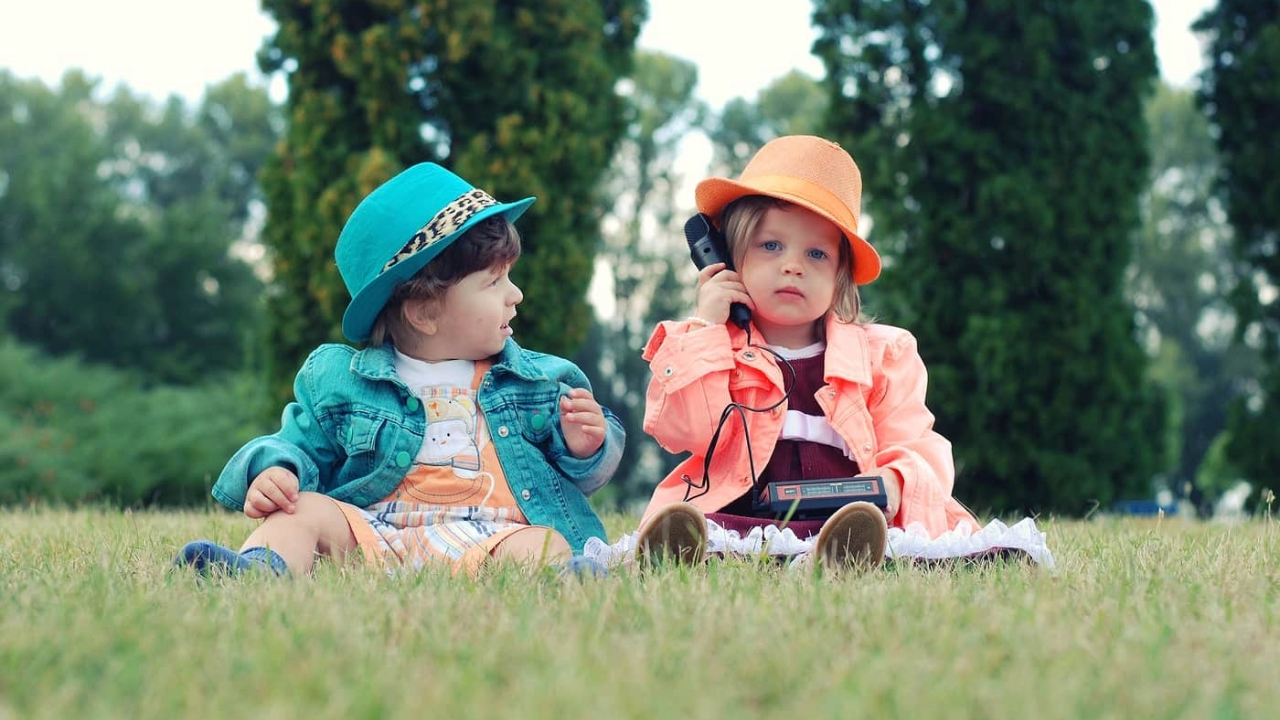Montar o guarda-roupa infantil perfeito pode parecer uma tarefa desafiadora, especialmente considerando o rápido crescimento das crianças e a necessidade de peças que sejam ao mesmo tempo confortáveis, duráveis e estilosas. No entanto, com algumas dicas de especialistas, é possível organizar um guarda-roupa eficiente, que atende às necessidades diárias dos pequenos sem exageros ou desperdícios. Este guia prático traz orientações fundamentais para montar um guarda-roupa infantil funcional e versátil, garantindo que as crianças estejam sempre bem vestidas para qualquer ocasião.
Priorize peças básicas e versáteis
Um dos segredos para montar o guarda-roupa infantil perfeito é começar com peças básicas e versáteis. Invista em itens que possam ser facilmente combinados entre si, criando múltiplos looks a partir de poucas peças. Camisetas lisas, leggings, calças jeans, shorts neutros, suéteres e jaquetas em cores básicas são essenciais. Eles podem ser usados em diversas ocasiões, desde um passeio ao parque até uma festa de aniversário.
Dica importante: Opte por peças em cores neutras, como branco, cinza, azul-marinho, bege e preto, que facilitam a combinação e permitem que a criança se vista rapidamente. Além disso, peças lisas e de corte simples tendem a durar mais tempo na moda, evitando a necessidade de compras frequentes.
Considere a estação do ano e o clima
Ao montar o guarda-roupa infantil, leve em consideração a estação do ano e o clima predominante de sua região. Roupas leves e respiráveis, como camisetas de algodão, shorts e vestidos, são ideais para o verão, enquanto suéteres, casacos e calças de tecido mais grosso são indispensáveis para o inverno. Ter um equilíbrio de peças para todas as estações é fundamental para garantir que a criança esteja sempre vestida adequadamente.
Dica importante: Inclua algumas peças que possam ser usadas em todas as estações, como jaquetas leves ou cardigans, que podem ser sobrepostas em dias mais frios ou usadas sozinhas em temperaturas amenas.
Invista em qualidade e durabilidade
Embora o preço possa ser um fator importante, é fundamental investir em roupas de qualidade que resistam ao uso diário e às constantes lavagens. Prefira tecidos duráveis, como algodão, denim e moletom de qualidade, que não apenas oferecem conforto, mas também garantem uma maior vida útil para as peças. Costuras reforçadas, botões bem presos e zíperes de metal são sinais de roupas bem-feitas e duráveis.
Dica importante: Faça um balanço entre preço e qualidade, escolhendo peças que justifiquem o investimento. Roupas de qualidade geralmente duram mais e podem até ser passadas para outras crianças, gerando economia a longo prazo.
Adicione peças de destaque para ocasiões especiais
Além das peças básicas, é importante incluir algumas roupas para ocasiões especiais, como festas, eventos escolares ou celebrações familiares. Um vestido bonito, uma camisa social ou uma calça de tecido diferenciado podem ser úteis para esses momentos. No entanto, não é necessário exagerar na quantidade dessas peças, já que o uso delas é menos frequente.
Dica importante: Escolha peças que possam ser usadas em diferentes eventos. Um vestido neutro ou uma camisa social clássica podem ser combinados com diferentes acessórios para criar vários looks.
Atente-se ao crescimento e ajuste das roupas
Crianças crescem rápido, e ter um guarda-roupa flexível é essencial para evitar desperdícios. Prefira peças com ajustes, como calças com elástico na cintura, vestidos com alças reguláveis ou camisetas de modelagem mais ampla. Essas roupas acompanham o crescimento da criança, prolongando sua usabilidade.
Dica importante: Compre roupas um pouco maiores, de modo que possam ser usadas por mais tempo. Lembre-se de verificar periodicamente o tamanho das roupas para garantir que ainda estejam confortáveis e adequadas ao tamanho da criança.
Organize o guarda-roupa de maneira funcional
A organização é um aspecto crucial para manter o guarda-roupa infantil funcional e prático. Divida as peças por categorias, como camisetas, calças, vestidos, pijamas, roupas íntimas e acessórios. Use divisórias, caixas ou cestos para facilitar o acesso e a visualização das roupas. Uma organização eficiente permite que a criança encontre rapidamente o que precisa, incentivando a autonomia desde cedo.
Dica importante: Utilize ganchos e prateleiras de fácil acesso para organizar casacos e acessórios que são usados com mais frequência. Manter o guarda-roupa organizado também ajuda a identificar rapidamente quais peças precisam ser repostas ou substituídas.
Inclua acessórios essenciais
Além das roupas, é importante incluir alguns acessórios essenciais no guarda-roupa infantil. Chapéus, bonés, gorros, cachecóis, meias e luvas são itens que ajudam a proteger as crianças do frio ou do sol e complementam o visual. Escolha acessórios que sejam confortáveis, práticos e fáceis de combinar com as roupas.
Dica importante: Prefira acessórios de cores neutras ou que complementem a paleta de cores do guarda-roupa, facilitando a combinação com diferentes looks.
Planeje as compras de acordo com o orçamento
Estabeleça um orçamento para as compras de roupas infantis e planeje quais peças são realmente necessárias. Comprar menos, mas com qualidade, é sempre uma escolha melhor do que comprar em excesso. Aproveite promoções e descontos, e considere a compra de peças de segunda mão em boas condições.
Dica importante: Utilize listas de compras para manter o foco nas necessidades reais e evitar gastos desnecessários. Pesquise preços em diferentes lojas e sites antes de fazer suas compras.
Montar o guarda-roupa infantil perfeito envolve uma combinação de planejamento, escolha consciente e atenção aos detalhes. Ao seguir estas dicas de especialistas, você garantirá que seus filhos tenham um guarda-roupa prático, confortável, versátil e cheio de estilo, adequado para todas as ocasiões e necessidades. Com um pouco de cuidado e estratégia, é possível criar um guarda-roupa eficiente que atenda tanto às expectativas das crianças quanto às necessidades dos pais.



